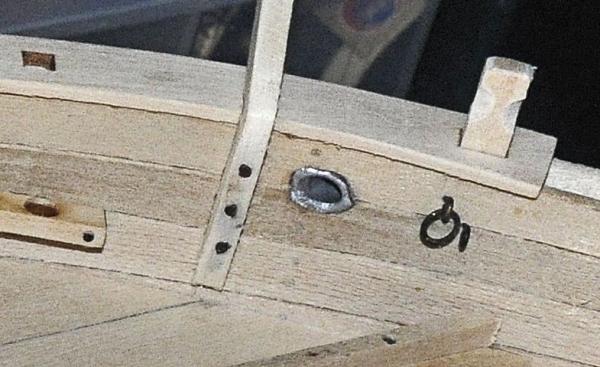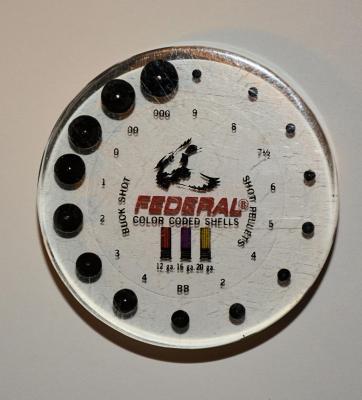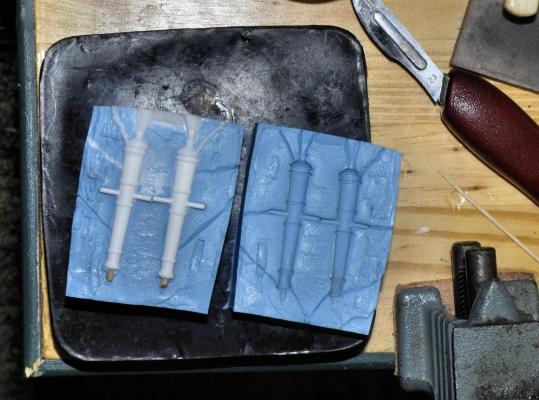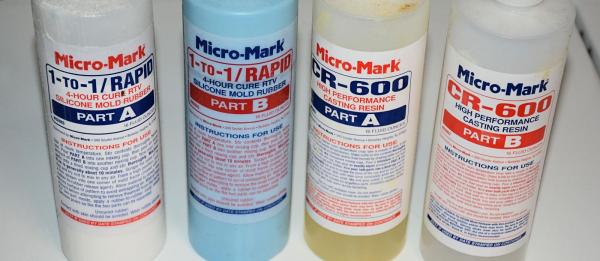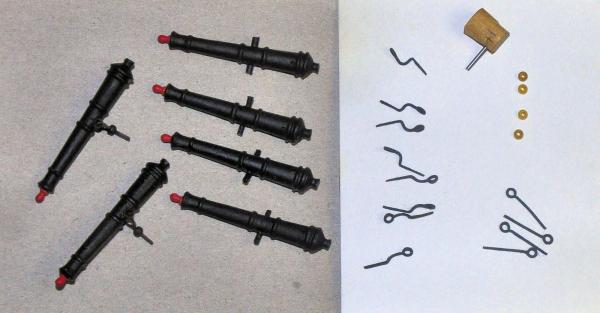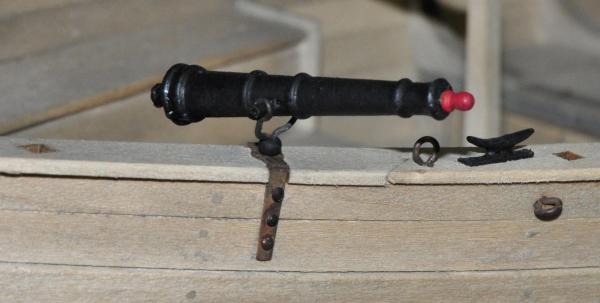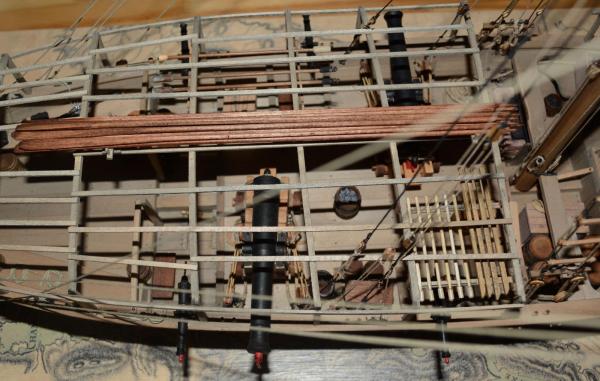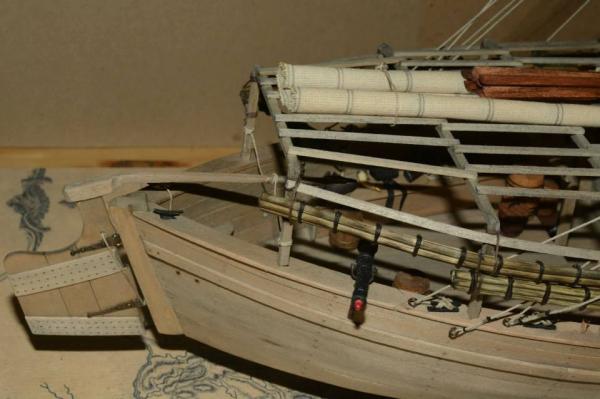
sxparent
Members-
Posts
9 -
Joined
-
Last visited
Content Type
Profiles
Forums
Gallery
Events
Everything posted by sxparent
-
Good Evening All, I had a chance this afternoon to go through and read this blog from the beginning. There were several interesting points that I wish I had been able to comment on at the time. I hope that you won't mind if I interject a few thoughts here as I am sure that there are other gunboat builders that may be reading this. First of all, there was a comment and a question on "two books" on the Philadelphia and I did not see an answer to that. I am guessing that the two books in question are John R Bratten's "The Gondola Philadelphia & the Battle of Lake Champlain" and the other would be Philip K Lundeberg's book "The Gunboat Philadelphia and the Defense of Lake Champlain in 1776" Both being worthy companions to a build. I have attached a couple of pictures here, the first concerns the hawse pipe. In talking to a old shipwright, he explained that often the hawse pipe back in the day was a lead pipe that was fitted into a hole in the bulwarks and then the ends were hammered and peened over the edges to secure it. I decided that a bunch of barn builders and detachments of army soldiers probably would have done something expedient just like that, so I used some brass tubing with solder on the ends and just hammered the edges over with a pin punch, the painted it with Vallejo Oily Steel. I wanted to add a comment on cannonballs also (Particularly in a larger scale as the Philadelphia is.) Below is a picture of an old shotgun pellet training tool or paper weight depending on usage. My point being, that there are printed cards, etc that show exact sizes of shotgun pellets and one shotgun shell of the correct shot size will certainly arm at least a small brig with more than enough cannonballs! (PS I read somewhere in my research that the bottom planks were tarred, so I did just smear on a thick coating of that tannish tarry color that you see on sun baked asphalt roofs, but was still asked in Manitowoc if that was a water line model..........) Enough of this for the night. Sam
- 308 replies
-
- finished
- model shipways
-
(and 1 more)
Tagged with:
-
Yes it is plexi. I am not a real lover of plexiglass, but the weight of auto safety glass would require a small truck and a front end loader to move it! Sam
- 308 replies
-
- finished
- model shipways
-
(and 1 more)
Tagged with:
-
In answer to Steve's inquiry: The base is 15¼" X 30¼". The display case cover is 27½" high. Sam
- 308 replies
-
- finished
- model shipways
-
(and 1 more)
Tagged with:
-
I am again flattered that my version of the Philadelphia is being well received! Thank you all! Sam P
- 308 replies
-
- finished
- model shipways
-
(and 1 more)
Tagged with:
-
To Richard: I used the casting material from Micro Mark as seen in the pictures. The mold was made from their 1 to 1 Rapid Silicone Rubber and I used the CR-600 to make the swivel guns. Both of these are a one to one mixture and Micro Mark has pretty straight forward instructions on mold making and casting. I went to my parts boxes and used old belaying pins for the tampons and inserted those in the mold before pouring in the resin so that the barrels are cast with the tampons in place. Painting dresses them up nicely. I tried to cast the trunions as seen in the picture, but broke off several in building, so finally went to brass rod stock cut and placed in the mold also before pouring. To Chuck: Yes, you called my thing-a-ma-jig correctly. I used it to bend the wire eye bolts and then used wooden bulls-eyes as the collars. I will get back to you on your request. Sam
- 259 replies
-
- Gunboat
- Philadelphia
-
(and 1 more)
Tagged with:
-
I should have added this above, but here is a shot of the swivels in the final product and nobody would suspect that these are made out of resin instead of the cast metal. I should also add that Shipways wanted an astronomical amount of money for an additional 4 swivel guns for my gondola and that was what prompted learning how to cast the pieces myself. (Truth be known, of course I spent more money equipping myself to do that process then I would have just biting the bullet and sending Shipways the check. On the other hand, I can make a pile of those barrels and give them away! HA!)
- 259 replies
-
- Gunboat
- Philadelphia
-
(and 1 more)
Tagged with:
-
Hello All, I took a little different approach with the swivel guns. Shipways supplied 2, the records call for 8. I decided to do 6 as the ones mounted in the bow made that area way to cluttered besides the thought of having to do that forestay configuration. Back to the swivels. I decided to use the supplied barrels to make a mold, the cast the guns in resin. I then threw the white metal brackets into my parts box and bent some real metal wire to do the job. Once painted, you really don't see a difference. Good luck................ Sam
- 259 replies
-
- Gunboat
- Philadelphia
-
(and 1 more)
Tagged with:
-
In answer to Joel Sanborn's query. When the Smithsonian first acquired the Philadelphia, that was the location that they speculated the hearth would have been. Later, after the curator (Howard P. Hoffman) did the complete survey, it was discovered that there were char marks on the under side of the mast partner on the port side of the forward cockpit, placing the original hearth in that spot rather then amidships. Hoffman did a very detailed set of plans based on the survey (16 pages to be exact) that can be obtained from the Smithsonian (at nominal cost!) that shows wonderful details of the hearth among other things. It was well worth the price as it was invaluable for my model's detail work. Sam P.
- 308 replies
-
- finished
- model shipways
-
(and 1 more)
Tagged with:
-
I am finally am on line with this forum. Thank you all for the compliments as they are very encouraging!!! Attached are a couple of shots mid ship and aft as per Kurt's request. Feel free to ask as I will try to answer questions. Again, Thank you all for the kind words!
- 308 replies
-
- finished
- model shipways
-
(and 1 more)
Tagged with:
About us
Modelshipworld - Advancing Ship Modeling through Research
SSL Secured
Your security is important for us so this Website is SSL-Secured
NRG Mailing Address
Nautical Research Guild
237 South Lincoln Street
Westmont IL, 60559-1917
Model Ship World ® and the MSW logo are Registered Trademarks, and belong to the Nautical Research Guild (United States Patent and Trademark Office: No. 6,929,264 & No. 6,929,274, registered Dec. 20, 2022)
Helpful Links
About the NRG
If you enjoy building ship models that are historically accurate as well as beautiful, then The Nautical Research Guild (NRG) is just right for you.
The Guild is a non-profit educational organization whose mission is to “Advance Ship Modeling Through Research”. We provide support to our members in their efforts to raise the quality of their model ships.
The Nautical Research Guild has published our world-renowned quarterly magazine, The Nautical Research Journal, since 1955. The pages of the Journal are full of articles by accomplished ship modelers who show you how they create those exquisite details on their models, and by maritime historians who show you the correct details to build. The Journal is available in both print and digital editions. Go to the NRG web site (www.thenrg.org) to download a complimentary digital copy of the Journal. The NRG also publishes plan sets, books and compilations of back issues of the Journal and the former Ships in Scale and Model Ship Builder magazines.

